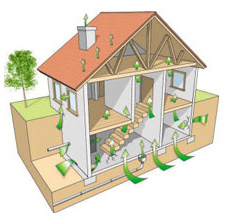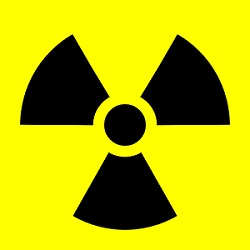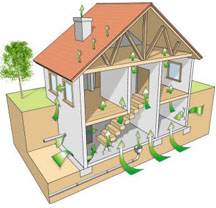Come to AmeriServ for your New Construction Needs
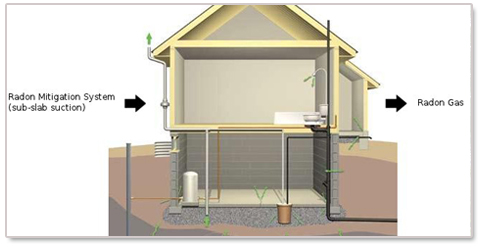
A new bill is in the works in Iowa that would make it mandatory for radon mitigation systems to be pre-installed in new construction homes. Iowa is known to have some of the highest average radon levels in the United States, so this bill would help lower radon poisoning across the state. If it goes unchecked, radon can lead to a variety of health problems. Radon gas is known to be the second-leading cause of lung cancer in the United States.
So how does radon gas get into your home? Well, radon gas is a naturally occurring gas that travels up through the earth and through foundation cracks where it gets trapped in your home. Unfortunately, radon is a colorless and odorless gas, so it can not be detected through sight or smell. Radon testing is the only way to tell. AmeriServ does offer a variety of radon testing options to help you quickly and accurately identify if you have radon gas in your home.
Radon Mitigation in Iowa’s New Construction
If it is found that your home contains radon gas, the best way to rid your home is through radon mitigation, which is a system of vents and pipes that expels radon gas. With this bill, a radon mitigation system will be mandatory in all new construction. If the homeowner believes there is radon gas, or gets a positive test for radon, all they would have to do is turn the system on, making radon much less of a threat in these Iowa homes.
If you are in need of a radon mitigation system for your new construction home, or in your existing home, make sure to call AmeriServ. We also offer radon testing for a quick and accurate result. Don’t let radon ruin your life, get regular radon tests, and come to AmeriServ for all your new construction radon mitigation needs. Our service area covers a large part of Iowa. Contact us today to learn more!
 Our Response to COVID-19
Our Response to COVID-19 

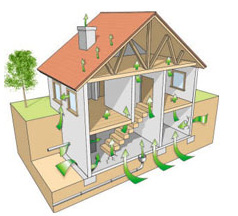
 Drilling a hole in the foundation or slab to create a suction point for the system.
Drilling a hole in the foundation or slab to create a suction point for the system.